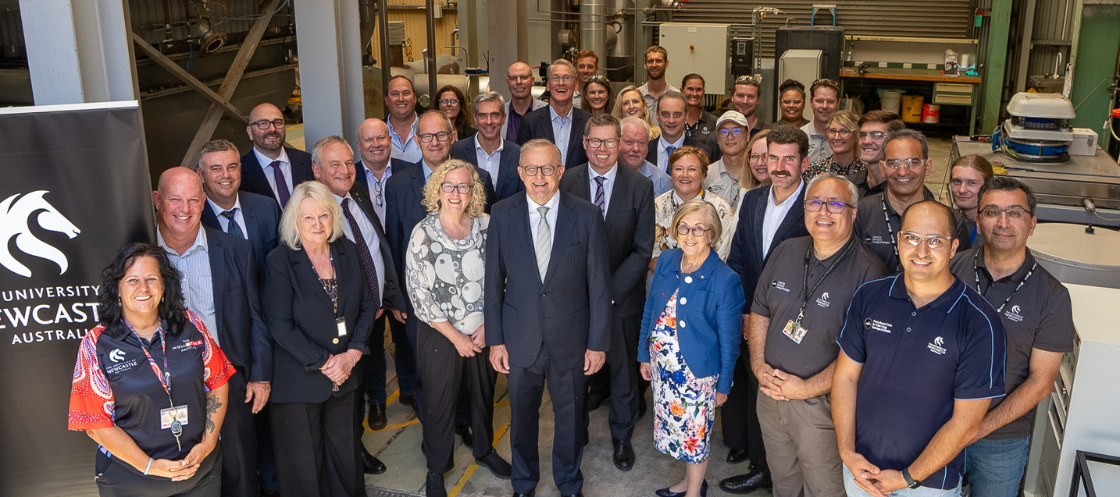Resources, energy and environment: NIER’s research agenda 15 years on
Marking its 15th year, the Newcastle Institute for Energy and Resources has released its annual report, outlining research foci, partnerships and federal funding that will expand facilities at the University of Newcastle’s Callaghan campus.

The Newcastle Institute for Energy and Resources (NIER) has released its 15th annual report, reiterating an expanded research focus and heralding new investment to support Australia’s transition to a clean energy economy.
Established in 2010 with $30 million from the Australian Government’s Education Investment Fund and $2.2 million from the NSW Government, NIER was designed to bring together research expertise and industry partners to address energy and resource challenges. The institute is based at the University of Newcastle’s Callaghan campus, occupying the former BHP Central Research Laboratory site, now known as the NIER Precinct.
Over the past 15 years, NIER has broadened its scope from energy and resources to include research into food, water, and environmental systems. This year’s report confirms a refreshed direction under three new themes:
-
Powering the Future
-
Next Generation Resources
-
Environmental Sustainability and Security
Backed by $20.7 million in federal funding announced earlier this year, NIER will establish a Future Industries Facility within the Callaghan campus precinct. The project forms part of the Australian Government’s Regional Precincts and Partnerships Program and is expected to create 740 jobs and contribute around $160 million to the Hunter economy each year.
NIER Director Professor Alan Broadfoot said the institute’s approach remains centred on research translation and practical collaboration with industry. NIER’s doctoral training centres, for example, embed PhD candidates directly with industry partners to tackle real-world challenges, from solar panel recycling to water management.
The precinct model, which brings together laboratories, pilot plant workshops, and industry office space, supports the scaling of new technologies. More than 350 staff, students and industry partners currently work across the 3.8-hectare site.
Reflecting on the institute’s role in the region’s industrial history, the report notes the continuing legacy of innovation at the former BHP Technology Centre, where research in chemistry, metallurgy and process engineering helped shape Australia’s industrial capabilities.
“As we mark the 60th anniversary of the University of Newcastle and the 15th anniversary of the Newcastle Institute for Energy and Resources (NIER), we find ourselves at a pivotal moment in our shared history,” the 2024/25 annual report states.
The annual report positions NIER as a continuing bridge between research and industry, aiming to support both national decarbonisation goals and regional economic growth.
















